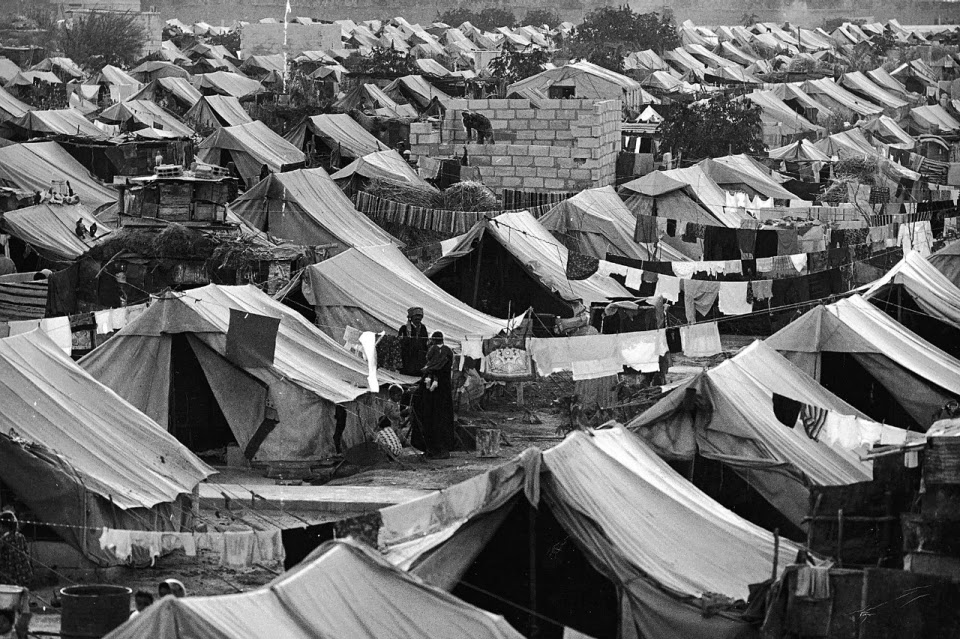In South Africa, apartheid is often classified into two manifestations: petty and grand apartheid. Petty apartheid was the crudest and most-obvious aspect of apartheid, manifesting in the segregation of facilities based on color-based race hierarchy. Grand apartheid refers to the underlying limitations placed on black South Africans’ access to land and political rights. More sophisticated and large-scale, grand apartheid was enforced through laws that prevented black South Africans from even living in the same areas as white people. Grand apartheid also denied black Africans political representation, and, at its most extreme, citizenship in South Africa. Grand apartheid reached its peak in the 1960s and 1970s. The period applied comprehensive racial segregation and measures such as the removal of Black people from white areas and created "Black homelands.” The strategy of grand apartheid was to recognize the (internal) "self-determination” of those homelands, also known as Bantustans. The state and its privileged white beneficiaries still controlled the Bantustans’ labor resources and 78% of indigenous South Africans’ lands, while contained within the State of South Africa. On this grand scale, the South African apartheid regime appeared magnanimous to grant the indigenous peoples’ rights to self-determination apart from white South Africans, while managing to deny the sum of their civil, cultural, economic political and social rights.[1]
Both petty and grand apartheid have their expressions in territories controlled by Israel, lending to analogies in public consciousness.[2]
[1] Angela Thompsell, "Grand Apartheid in South Africa,” Thought.Co. (29 November 2019), at:
https://www.thoughtco.com/grand-apartheid-history-43487.
[2] Aeyal Gross, "Apartheid in Israel Is About More Than Just Segregated Buses,” Haaretz (26 May 2016), at:
https://www.haaretz.com/opinion/.premium-apartheid-is-about-more-than-buses-1.5365932.



